Dear Friends
My legs were on fire from the chem burn. Even worse, my eyes stung and the tears that rolled out of them fogged my vision. I squinted, straining to see the end of the field, but couldn’t quite make it out. The five-gallon bucket I was carrying was almost empty—I wondered how many more of the 40 pound pails were waiting for me at the end of the cornfield.
Despite the burn of the midday sun on my shoulders, there was rain in the forecast, and my boss, Paul, Â had left me to scatter a ‘side-dressing’ of ammonium nitrate granules in one of his more remote sweet-corn fields that served up home-grown goodness to the distant citizens of New York City. There were only 17 acres to hit, and between the duo of 90% humidity and incoming rain, the fertilizer would be sucked up by the dirt in less than an hour. I was only 17 at the time, and was in the middle of one of many agriculture summer grunt-labor jobs that I worked to earn money for college tuition.
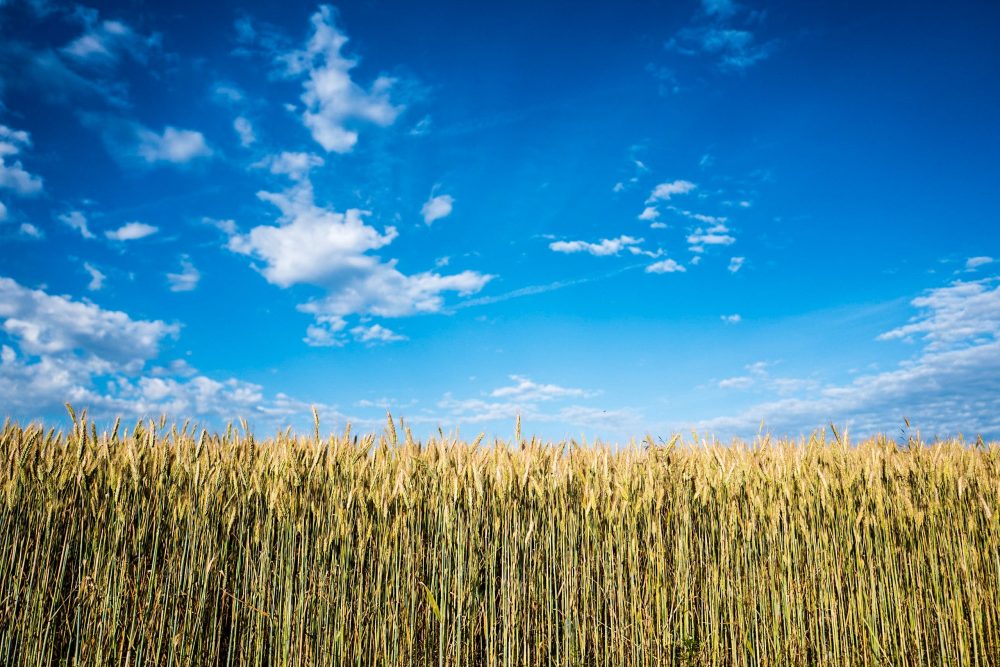
The corn was almost head high, and the tough leaves scored my bare and bronze tanned shoulders as I walked through, scattering the chemical at the base of the corn stalks bare-handed. I had to pay attention to not put it on the leaves or they would burn—or more than 2 inches from the stems (that was wasting it)—otherwise, Paul would go ‘nuclear’. I was wearing standard muck farm wear: cut-off jeans and work boots. That’s it. As a mucker, you wanted nothing to be holding body heat and the profuse sweat that covered body and soul in the hundred-degree heat and relentless humidity.
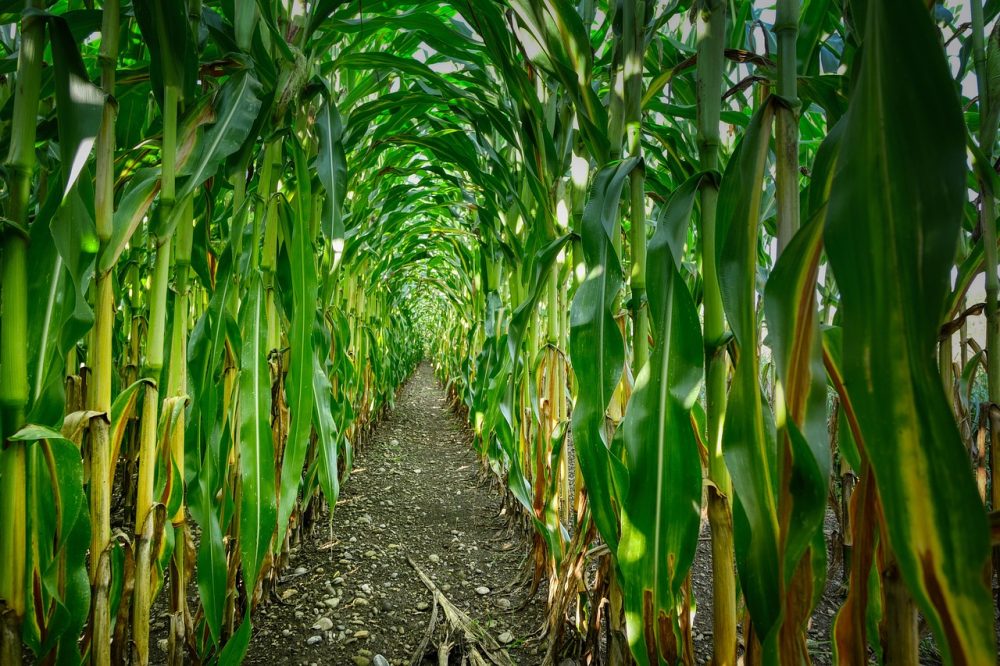
In just 3 weeks, we would be picking ears before sunrise in 60-pound sacks. It took practice to get the feel of a ripe ear—and I wanted it. It was just usually Paul and I. We were both competitive and raced without comment to the end of the field, where there would be more empty sacks waiting for us. Pickers got to just drop full bags in their row in the coolest part of the day. The other half of the crew were getters; they would be in the field in an hour and they had to carry two full burlap sacks at a time across acres to the nearest two-track to an idling pickup truck. In just a few hours, suburban housewives would be loading their shopping carts with the golden ears for tonight’s sweet corn-centered meal. They’d have salad (much that we grew as well), steak and that seasonal delight: fresh sweet corn, picked just that morning. In that day in the 70s, margarine would adorn the sweet cob. Butter was bad for you. It was in the middle, the peak of the “green” revolution where chemicals met corn, plant diversity died, and cattle met concrete in a feedlot. Over the years these practices became the norm.
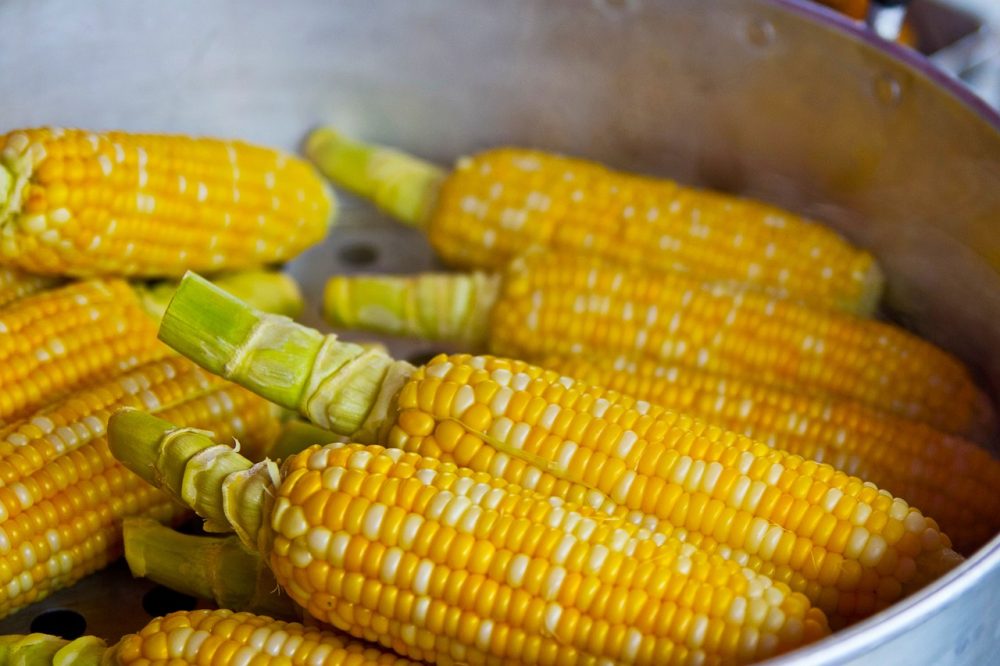
Today, in 2023, agriculture is almost exclusively practiced with chemicals on both land and animals; they’ve literally leached their way into the bloodstream of all animals on the land—and even into our own serum, as we humans partake of that produce. I’m thankful that there is an alternative in organic, which we practice.
We know now from science that such unbridled chemical use results in the death of many soil organisms. It wasn’t only that; in those sprayed and sprinkled by hand monoculture fields I worked every day in 40 years ago, there were no above ground animals either. Birds no longer nested there. Deer would only pass through on the way to the habitat and grazing at the end of the field. The dirt was bare of any vegetation—except corn. The dirt itself smelled and felt like oil.
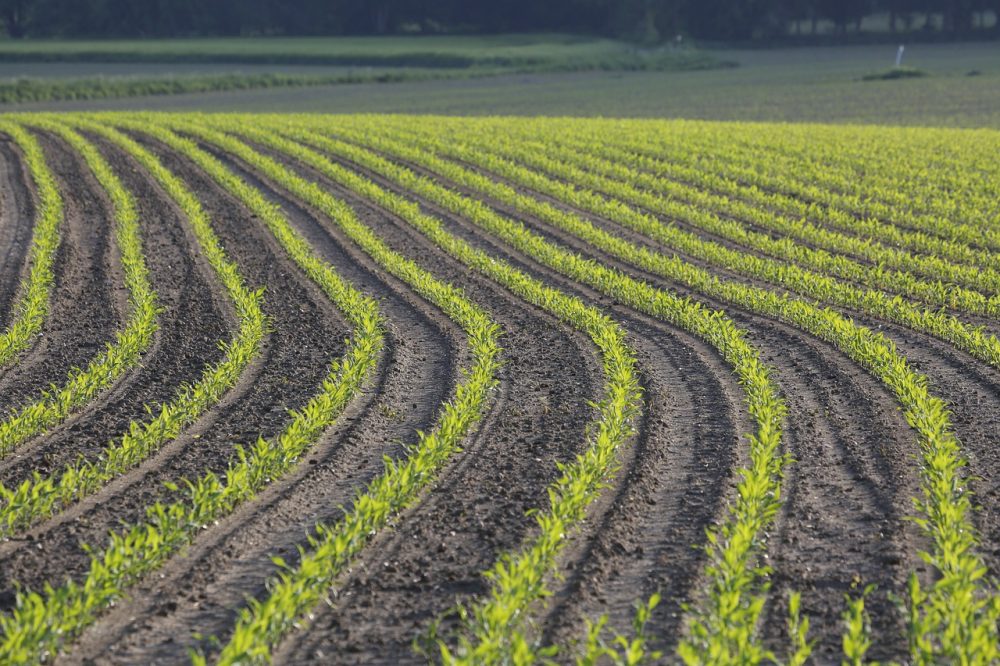
Despite those grim facts of chemical practice for over 60 years, I’ve been hearing a lot of recent talk in farming circles about stewardship and the practice of it, although little time is spent defining it. Husbandry is spoken of much less, even though I think that word actually captures the essence of what our relationship should be to the land.
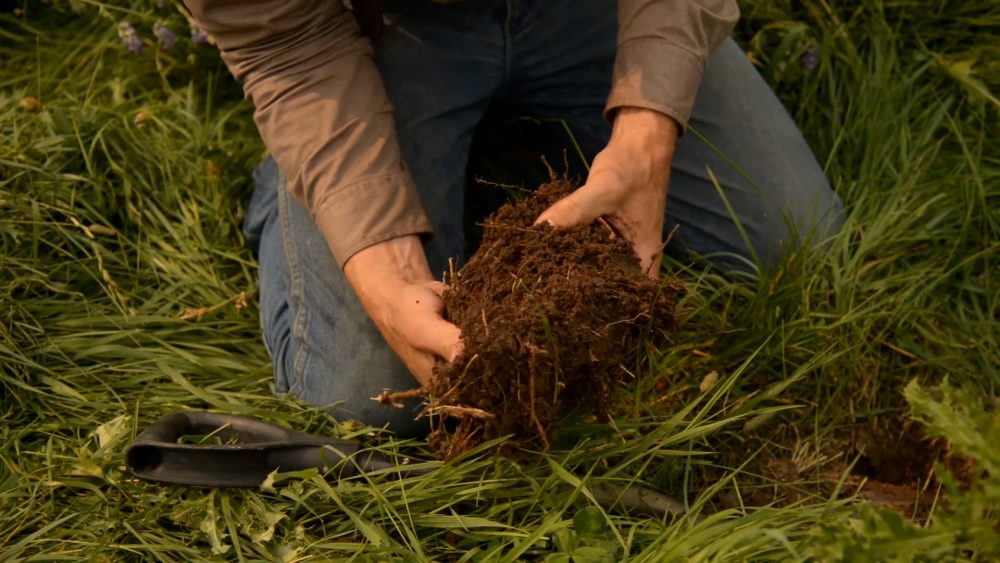
The reason I personally have stopped using the term stewardship is that it feels too transactional, or mechanistic to me, and doesn’t necessarily have humility built in. To me, a steward of something is one given charge over a situation. They may or may not have an emotional attachment of care for it. It is their job to ensure that it remains productive, functional and even sustainable. Paul, in the example above, achieved great sweet corn yields. He’d rotate to vine crops the next year, or perhaps tomatoes. A steward, right?
I think we see a lot of stewardship in conventional commodity agriculture. I have many friends who use an abundance of chemicals, size-based single-trait genetics (bigger is better!), monoculture row cropping (corn and soy), confinement animal operations and large and computerized equipment that consider themselves good stewards. And I believe many of them are right. Their animals are healthy, their crops are highly productive, and their equipment is new and well-maintained. I would argue that they are great stewards.
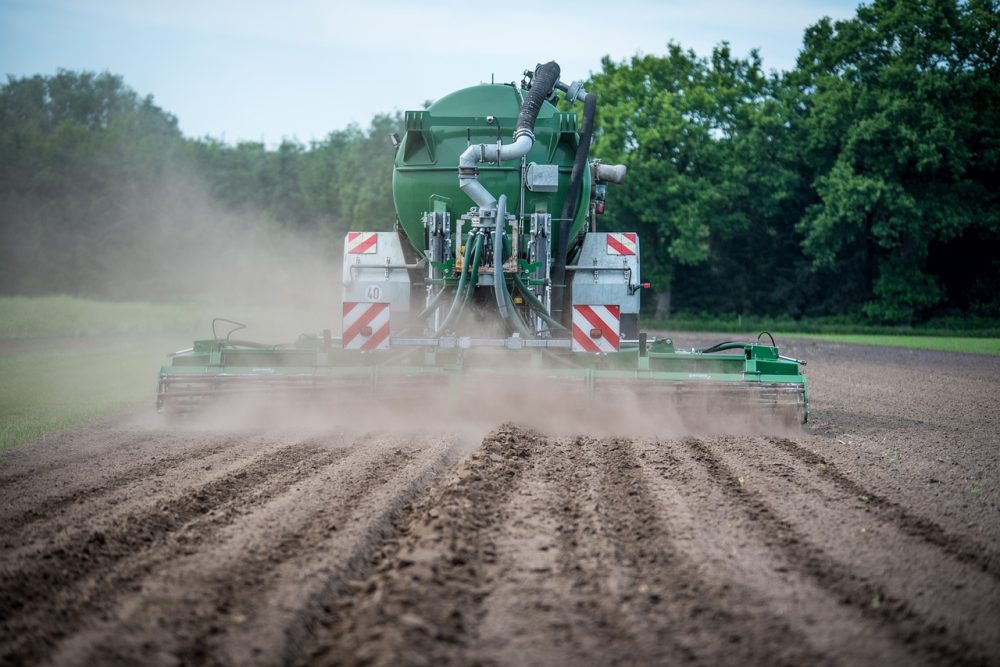
I’m proud to know many of them. They have hacked markets, soil fertility (at least from a standpoint of nutrients and minerals), production genetics, and equipment depreciation. They are still on the land. They are smart business people and spend as much time working on their business as in it. Some of them are successful enough to allow the next generation a “piece of the pie” for their own futures.
But I think they may be missing something. In all of these conventional/commodity production paradigms, I have yet to find one that doesn’t hinder at least one portion of the continuance and enhancement of life on their farm or ranch.
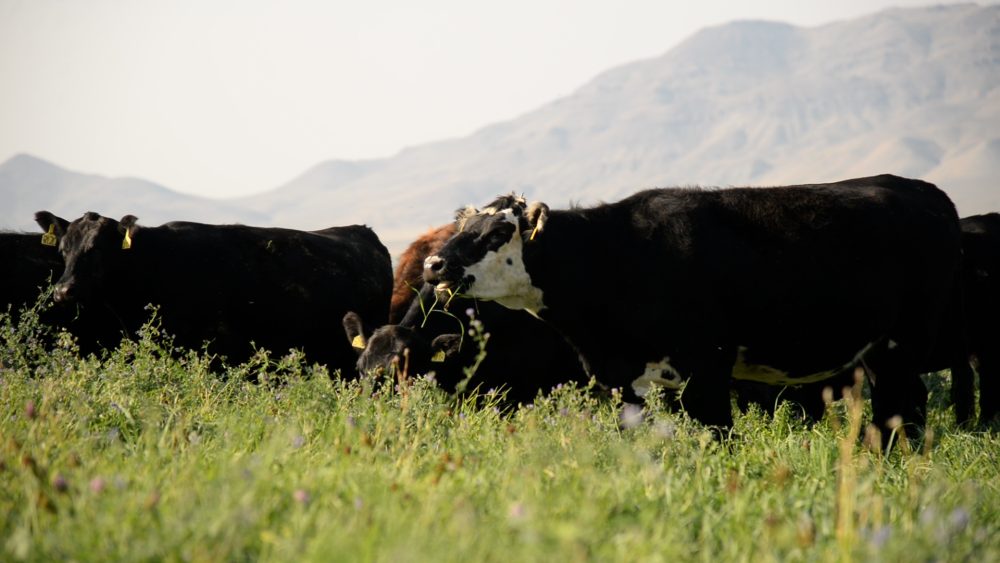
And that, to me, is the essence of husbandry. It’s a position where we ensure that every single aspect of our functionality on the land offers continuance or enhancement of life—for all types of life that we share the land with, whether it be wildlife on the large end or tiny soil microbes on the other. It may be Sandhill cranes. It may be gophers and their particular predator, badgers. It may be Canada geese. Perhaps it’s elk or deer herds. Or maybe beavers. It may be a particularly non-descript sculpin or frog. Or maybe it’s simply a plethora of insect diversity.
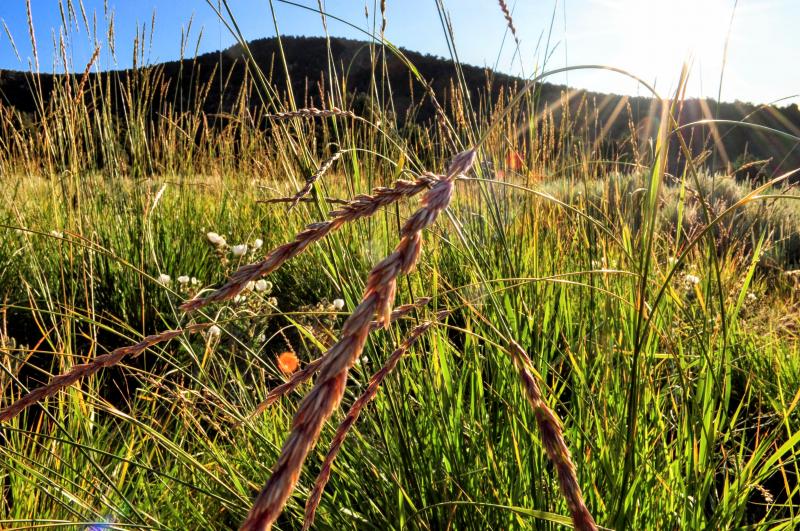
Husbandry, to me, requires stepping back into a full-on humble relationship with nature. All of it. It means that you are respecting member or part of an ecosystem, rather than a force on it or against it. It’s about humility, rather than a prideful arrogance about the monoculture production we’ve tried to maximize. Â
Don’t get this wrong; I’m not advocating that species of nature just run wild over us. When we have 400 elk trying to compete with my cattle for hay in the winter, we have Idaho Fish and Game send a hunter over each day to thin them out (harvest some of them) and train them to stay on the public land adjacent to the ranch (where there is plenty of feed for them–it’s just not quite as accessible and desirable to an elk as Glenn’s Haystack). If we have annual invasive weeds overtaking our pastures, we graze them intensively, mow them or pull them. Or maybe we’ll introduce beneficial insects to do the work for us.
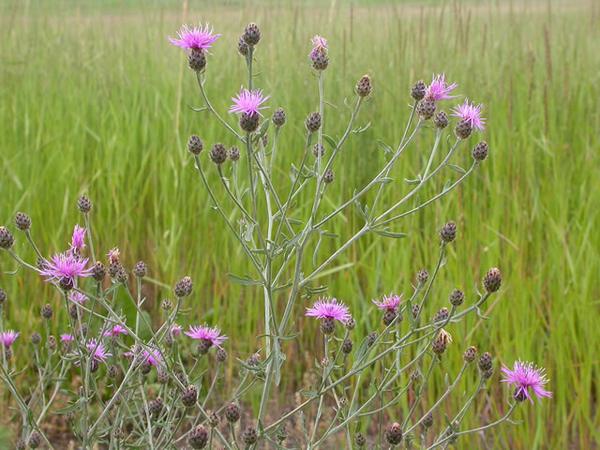
A knapweed plant, which is non-native and invasive. We graze this plant, grub it with weedwackers and grub hoes (we can’t spray under organic), and use insects to fight it.
It’s all about balance. As part of the ecosystem, we are allowed functionality and health as well as all of the wild elements. Instead of killing all the wolves on our grazing ranges, we hacked a way to coexist with them for mutually assured existence while actually increasing the stocking rate of our beef cattle up on summer range.
Let me give you an example from our own experience of where we lost our way from a husbandry standpoint; be aware that the learning curve back to husbandry agriculture may take a lifetime—and that’s OK. I believe we’ll find it more rewarding and resilient than not practicing husbandry.
In conventional row-crop agriculture, when we use tillage (don’t worry—no-till is next), every time we chisel, mold-board or disk the soil, I think we lose soil life. I was eating lunch a few weeks ago with several cover crop farmers in Montana. They’ve been using cover crops to increase soil organic matter for years—some for decades—on large acreages. They’ve been planting their up to 20 species with no-till drills as part of a rotation to wheat, lentils or other small grains.
I’d been cover cropping to recover what was a potato farm on a new piece of acreage we acquired in the next valley. We’re organic, so spraying the herbicide glyphosate (trade name Roundup) is out of the question. But now, on year 2, we had an overabundance of pigweed and lambsquarter on these formerly herbicided fields (It’s been over 3 years now, which is the duration required for a piece of land to be considered organic after spraying, so they’re at least organic weeds!). But the weed population was a tough pill to swallow. We disked it after full weed expression, and then immediately drilled in our 15 covers on about 100 acres in hopes they would outcompete the weeds.
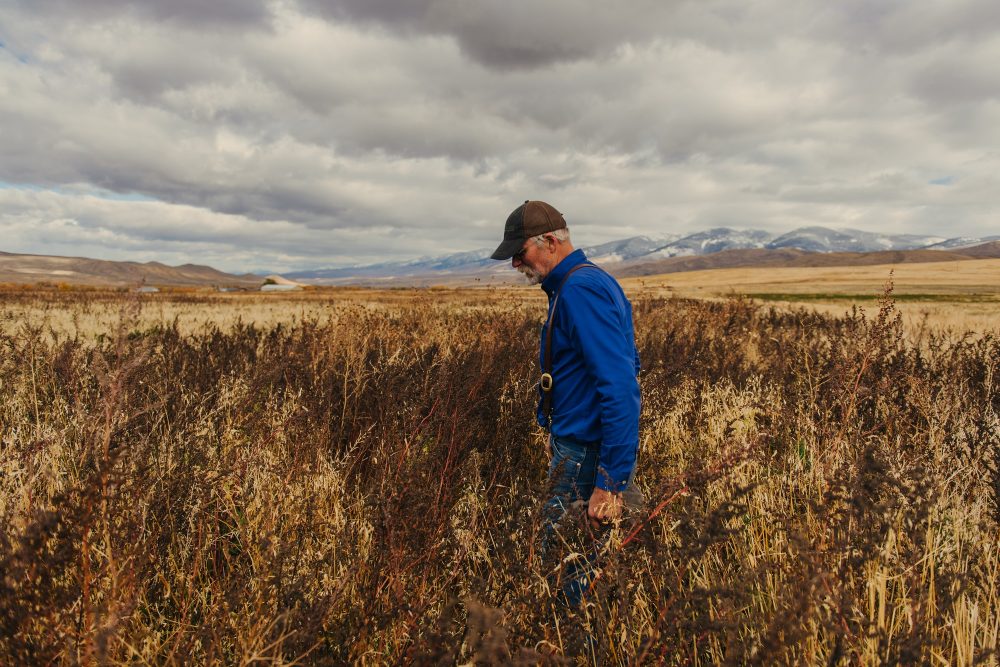
Glenn inspecting his cover crops last fall–with an abundant quantity of weeds that we wanted to reduce this year.
It worked. But did I build soils? I asked my lunch table, and the answer was what I expected. In their opinions, tillage took me to ground zero. I was starting over on soil biota and wasted an entire year. In late June, when we ran that disk over those weeds, we not only killed them, but most of the biology we built over the last year of cover cropping.
My cover crops did OK anyway, despite my misguided attempts at using tillage for weed control (side-note: my cover crop expert and older and wiser brother once said to me that when you embrace cover crops, no plants are weeds—they either feed your cattle or your soil or both).
The cover crops we used are annuals, and as such, can do without a lot of biology underground. Some are fairly independent of mycorrhizal relationships. We ended up with about 4 to 5 tons per acre of forage. We’re currently winter grazing it with cows, but the sad fact is that we didn’t move the needle last year on building soil on that piece of ground. I think we are building it now, but we’re strategizing how to no-till our next perennials in over the trampled residue and manure left by grazing cattle.
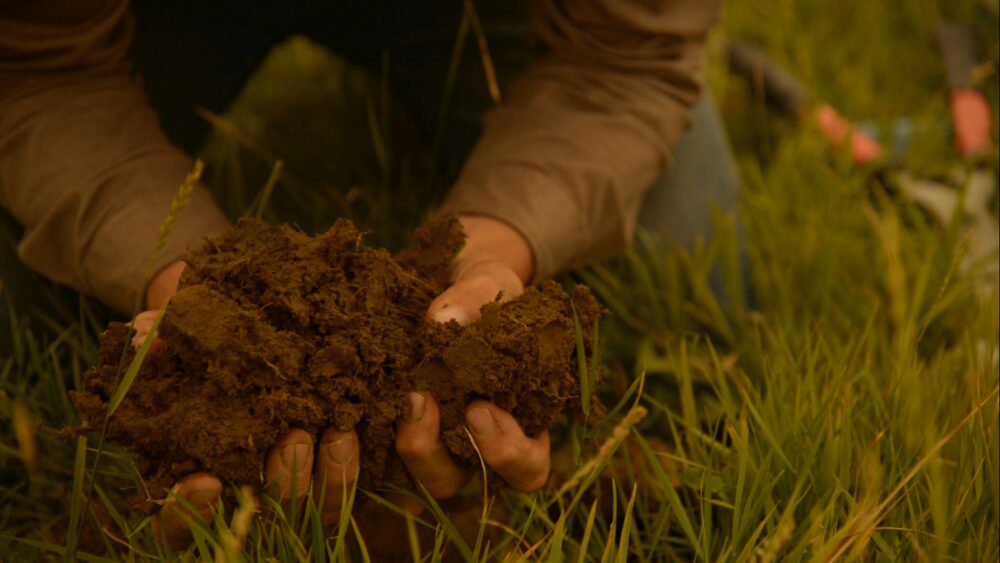
Glenn holding soil from another ranch that we are leasing. This soil is slowly improving, but we are still working to build root systems (notice how the soil doesn’t have anything holding it together).
I listened to a gal speak a few weeks ago about how tillage literally rips the fungal hyphae network underground. All the water, nutrient and carbohydrate transfer across the soil is lost. This isn’t measured in inches. It’s measured in many 10s of meters. I read recently that on a given acre of high functioning soil, in the top 10cm, there are likely around 24,000 miles of fungal hyphae in it. That’s enough to go around the globe at the equator.
And we ripped it to pieces with a disk, losing the ‘subsurface superhighway’ of water and nutrient transfer across the soil profile. We pushed the reset button.
The other problem with our disk operation is that we exposed all of our other soil organisms to sunlight and air. Have you ever wondered why we like the smell of black soil being turned over? I think there’s a resonance—an attraction designed in us for healthy smelling soil. It’s fragrant. We like it.
And that’s what we’re smelling when we plow or disk. But that’s not good to smell it on that scale, because the simple fact that we are smelling that rich fragrance indicates that it’s going up into the air–volatilizing. Soil critters are dying, exposed to the sun and air. They thrive underground, not on top of it.
We’re resetting to 0.
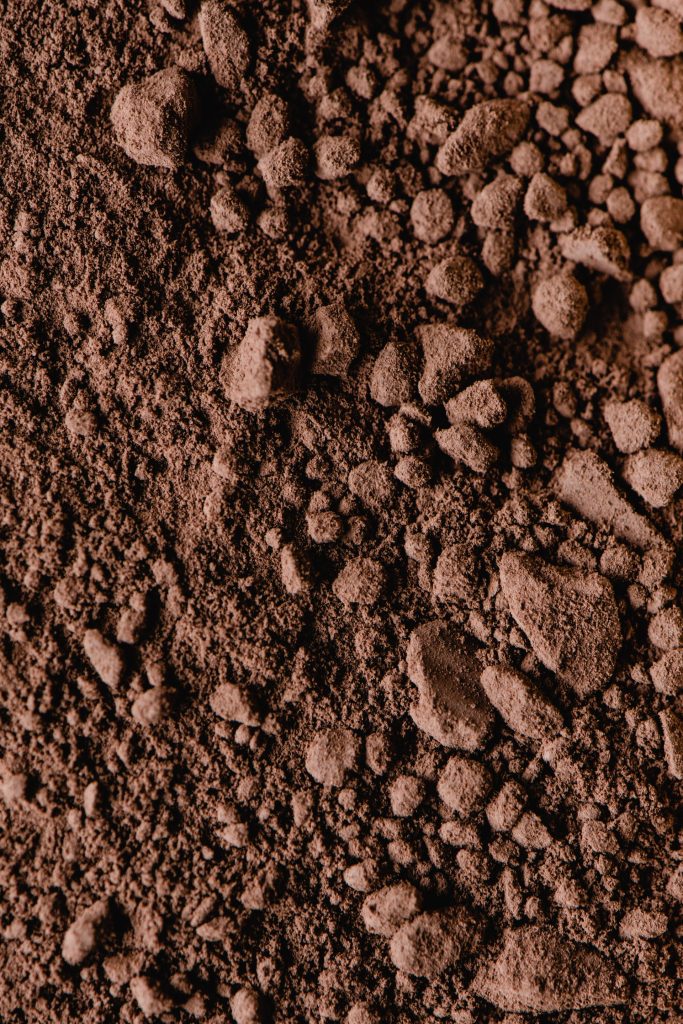
A stock photo of exactly what dead soil looks like. There’s no organic matter here, nothing holding it together. All of the soil biology is gone.
No-till fixes most of the fungal network destruction, volatilization and drying issues. But many of the folks I see no-tilling actually use chemicals to remove plant competition before they run their no-till planting machine over the soil. And when they do, they unknowingly press the reset button, as most chemicals are extremely effective at wholesale or partial loss of soil life. No continuance or enhancement of soil life here.
Another example of a myopic view brought on by stewardship vs husbandry is the design of the Holstein cow. I’ve worked on several dairies where I believed the operators to be really great stewards of their modern Holsteins that can weigh nearly a ton. In contrast, my dad was born and raised on a thriving family farm in the Netherlands in the 1930s. They only milked 20 to 30 cows each day (by hand), and he once related to me that the Friesian Holstein of that day averaged around 950 lbs (half the current size) and only produced an average of 30 pounds a day of milk (that was good!), but it was predominantly on grass.
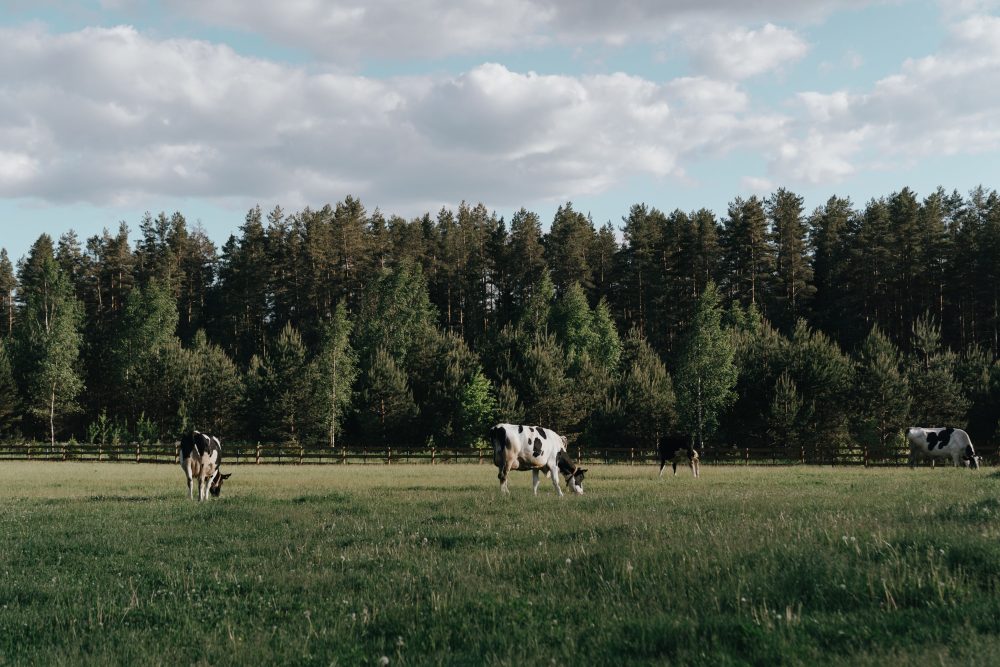
He marveled at how in just 70 years, the dairy industry had changed a cow to an animal that can hardly survive during lactation on just grass, and nearly all of their maternal instincts were gone. Their winter hardiness, as they were almost a dual purpose breed at the time, had pretty much disappeared (no fat cover predisposition in that breed anymore), and now, required very high maintenance to continue through the winter. He also marveled that the average life of a cow in Idaho today hovers around 2.5 lactations, as opposed to 8 to 10 for him growing up. And for those of you, dear readers, who have Holsteins, it’s likely that you could contribute more to the list of loss to the breed due to selection for one trait, which I would submit to you is “rolling herd average (RHA),” which is simply the amount of milk in pounds an average cow can produce in a given year. RHA is quite a bit higher than on my Dad’s childhood farm. On many modern farms, it is 3 times what it used to be, and the cow herd is 100 times larger than most farms in the 1930s.
Both beef and dairy cows, just 200 years ago, were much more adapted to thriving in more semi-wild grassland situations than today. Even with our predominantly British genetic base in our own herd, we sense there are instincts missing that could benefit our cattle if we could get them to re-express once again.
And I think that is husbandry. It’s a place of respect for the design of nature, and what it has accomplished for the land and animals. It’s actually exciting to see on our ranch components of the natural world re-connect and thrive in places that relationships were broken. Beavers come back, and re-establish rich floodplain area soils. Songbirds recolonize riparian ecosystems where cows unmanaged, had destroyed all the woody vegetation from continuously grazing for 120 years. Fish return to where we just saw muddy waters. Our cattle thrive and eat more because they are drinking more; streams, springs and creeks flow clean, pristine water when we piped the water from such watercourses instead of allowing our cattle access to them (we can drink out of them too, without filtration).
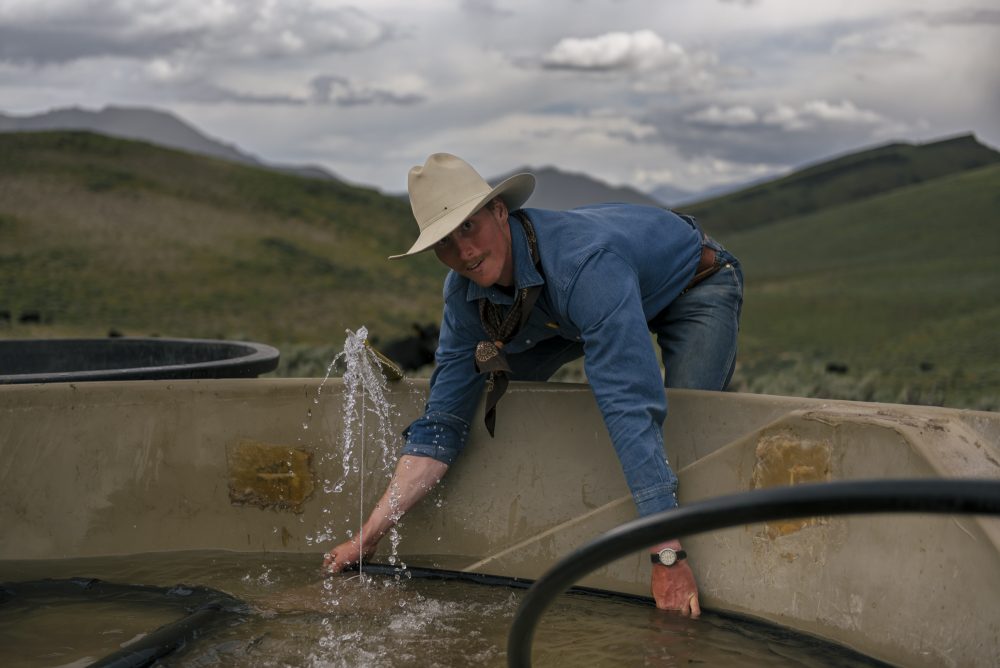
Our land has multiplied two-fold in cattle carrying capacity because our soils have come alive (soil organic matter went from 2.45 to 7.75). Weeds have become endemic in standing rather than epidemic. Grasshoppers have reduced, most likely due to a 3 fold increase in plant diversity in our pastures (hoppers and plant eaters like them thrive in monocultures). Flies counts on our cattle have reduced without any insecticide use due to the cattle self-medicating themselves with phytochemically rich plants found in the new level of diversity. I could go on and on with what we’ve observed from our very meager attempts and discovering what husbandry looks like.
Many of these things we find completely by accident. I’d like to take credit for those changes, but I can’t. For most of those things, we stumbled into a new reality by simply observing nature around us. Most of the time, we simply got out of the way.
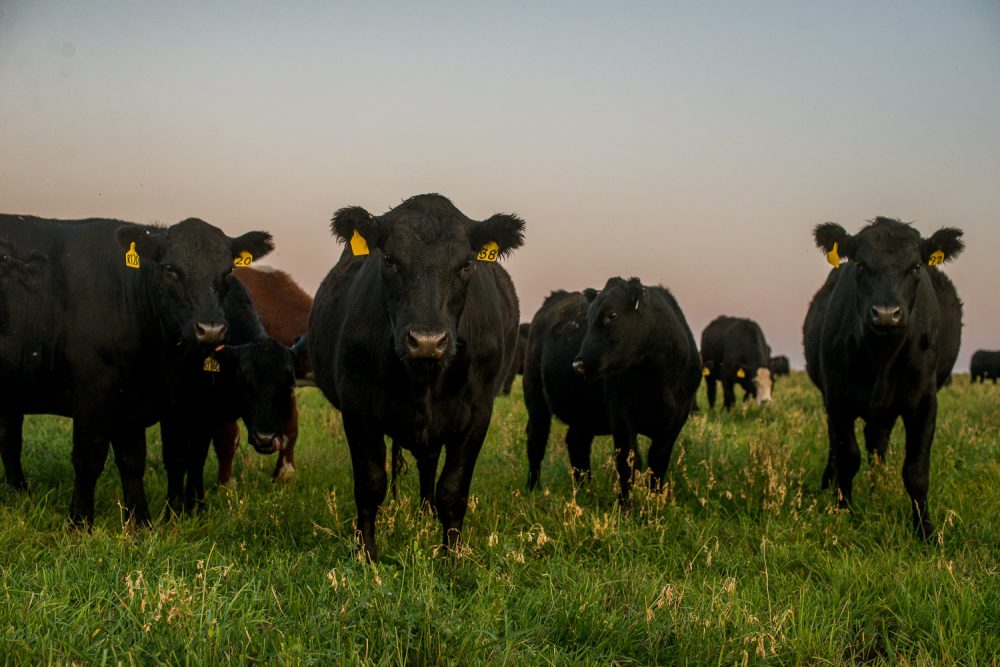
I’m sure husbandry looks different for each of us. There are no cookbooks, college courses, or ag extension agent schools. It’s simply a point of humility in all of us, where we realize the design and intent of that behind nature is far greater than anything we could come up with in our human caused mechanistic and reductionist arrogance.
Part of the problem is that nature can appear random, and a little chaotic. We humans are more than a little attracted to rectilinear monocultures. We like lawns and golf courses. I remember farming for my father-in-law, how even if I was disking or chiseling, he wanted those rows arrow straight (“the neighbors will notice!”). This, in the days before GPS pointing of tractors on autopilot. It was a matter of pride. He was an excellent steward of his land.
I’m not saying that was wrong. It was what conventional wisdom, scientists, other farmers, and even the government told him to do. But if farmers try to corral nature into the same reductionistic mindset over their entire operation, they’re bound to lose part of it (most likely the parts that are the least known: soil microbes, perhaps?). And when they do that, they stop seeing the pure possibility and the power of nature itself, and start using other figurative crutches or hammers to make the wrongs right. The hay is losing production. The corn yield is down. Cattle aren’t gaining weight. They apply fertilizer. Herbicides. Repeated tillage. Insecticides. Wouldn’t it be better to join forces?
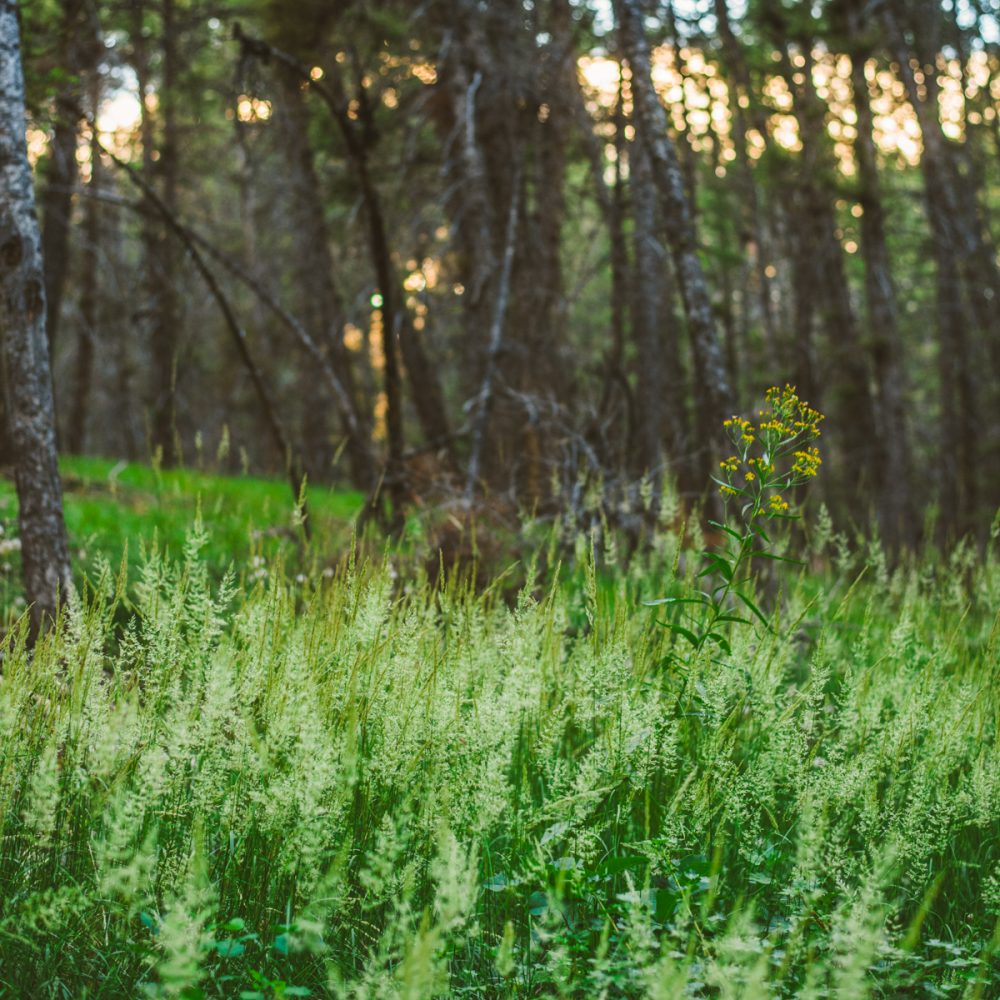
One last thought about husbandry. You probably noticed it has that ‘husband‘ word in it. For whatever reason, it’s awkward for many folks. That’s OK. Uncomfortable it should be, when we hang up our known agronomies and ally ourselves with a potential unknown storm of nature; there’s no telling what may happen!
Anyway, the word husband obviously has very clear connotations when we apply it to how we manage our farm or ranch. If we follow from the ancient biblical origins of the definition of husband, as a husband to the land and nature on it, we do care about every aspect, even those that we don’t understand (man continually fails to fully understand woman, even today). It conveys an attitude of deep respect and love. There’s nothing transactional about it. It is simply the complete dying to self, and a walk in humility that cares for every living thing.
And I believe that is as it should be.
Happy Trails
Glenn
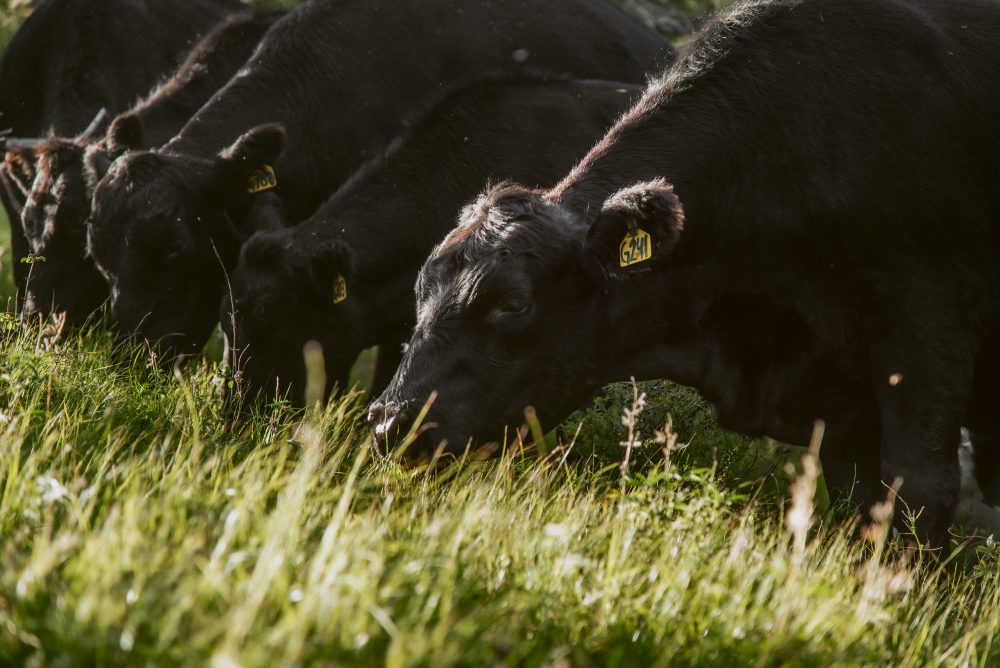

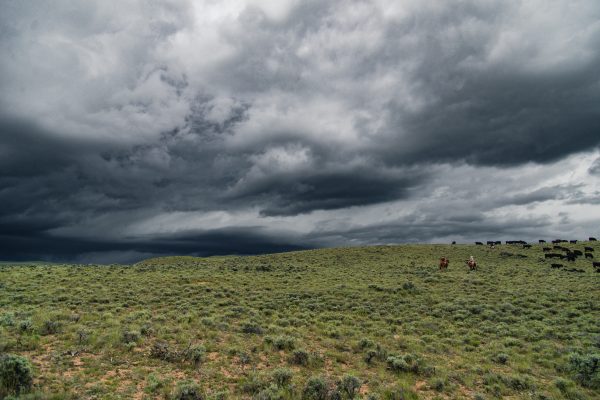

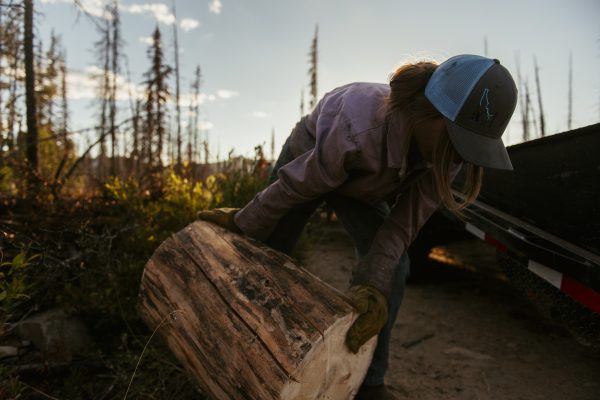
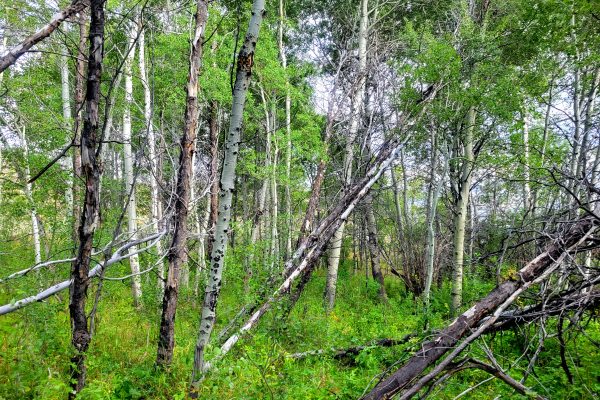
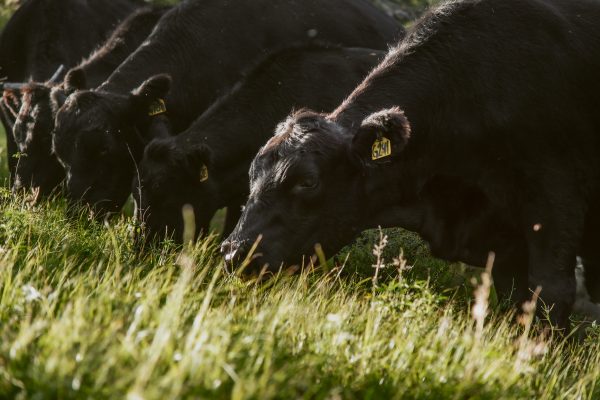

Cindy Salo
Thanks for this. I’ve also wondered about the right term to use. When I started ag school, long, long ago, I was an Animal Husbandry major. That has since been changed to Animal Science; not sure I want to go back.
I also don’t use “steward,” though I’m not sure why not. I usually say, “care for” land, but that sounds rather passive.
Now that you have me thinking, I wonder if “trustee” is what I’m looking for: “The person in a trust relationship who holds title to property for the benefit of another. ” I like the “for the benefit of another” part. I’m caring for my great-great-grandfather’s farm for the benefit of all the future farmers, eaters, and critters.
Leslie Conner-maiyo
And that’s why we buy your products!! Every aspect of mother nature/land is respected to the best of your ability and knowledge. You even include the keystone animal in that equation. What if everyone farmed/ranched that w a y! Every living thing would be so healthy! IMAGINE!
Angela Donlan
Thank you for sharing your experience and wisdom. I’m finding everything that Alder Spring posts to be incredibly educational and inspiring. I hope you, or others with similar perspectives, can participate in the recently announced “national dialogue” about gray wolves in working landscapes. I’m sure there will be many producers who think “why bother”, but the more you can educate those of us who don’t come from families and backgrounds like yours, the better.
https://www.fws.gov/press-release/2023-12/national-dialogue-initiated-working-landscapes-and-gray-wolves